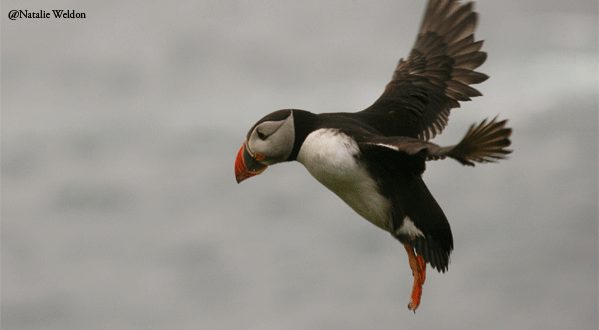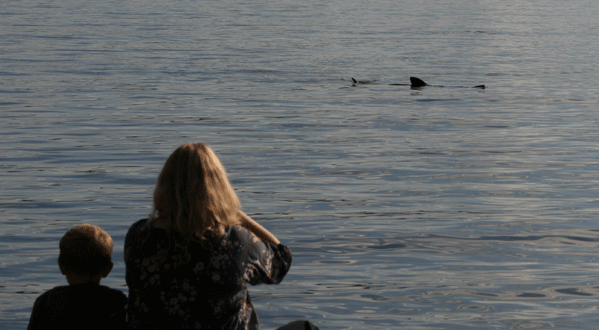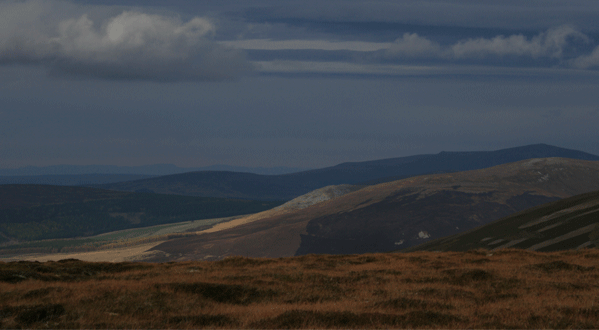Wild Scotland
City Critters – Glasgow is a city full of wildlife, its parks and green-spaces hide a range of fascinating invertebrates, numerous bird species, and large mammals such as roe deer and badgers. Those finding time to enjoy the city may enjoy a trip to the botanic gardens, with its glasshouses of exotics and carefully tended lawns. There are numerous reserves a stone’s throw from the city. A short train ride can deliver you to RSPB reserves at both Motherwell and Lochwinnoch. The later is situated on the outskirts of the Clyde Murshiel County Park. Here you can observe many upland species such as skylark, raven, wheatear, and hen harrier.
Mainland Wildlife – Scotland is perhaps best known for its rugged and often bleak countryside, much the result of volcanic activity and glacial erosion. Every year visitors flock to explore its tall munros (mountains measuring over 3000ft), it’s cool loch valleys, and wild coast. With its low population density it’s easy to lose yourself in the scenery, whether by car, bike, ski’s, canoe, or on foot.
The 5220 km2 of national park land are a haven to many threatened species. Only 2 hours outside Glasgow the Loch Lommond National Park is a mix of coniferous and broad leafed woodland fringing cool deep lochs, and further north, the coniferous plantations of the Cairngorms National Park. These areas are a haven for species such as pine martin, osprey, capercaillie, crested tit, red squirrel, and the endemic Scottish crossbill. Another famous endemic is the Scottish wildcat. Much persecuted, and threatened by hybridisation with domestic cats, wildcats can now only found in the quiet, untouched places.
In winter, many of the lowland lochs are staging posts for thousands of passage wildfowl and waders. The summer brings nesting dotterel, ring ouzel and ptarmigan to upland regions. Further north still, sheltered lochs hide breeding divers and red necked phalarope.
Watery Wonders – While the seas around Scotland – and wider Britain – may look cold, murky and uninviting, they hold many treasures, both above and below the water’s surface. The west coast of Scotland has a long fishing tradition, and is particularly well known for its shellfish. A walk along a quiet stretch of coast may provide you with sightings of roosting waders, feeding otters, and passing porpoises – try popping down to Saltcoats (45 mins by train) for a chance of the diminutive Purple Sandpiper. However, if you don’t spot the big stuff, there’s still plenty of invertebrate life hanging around the shallows in amongst the rock pools.
The islands of the west coast are great places to watch seabirds, with good numbers of black guillemot, gannets, marauding great skuas or “Bonxies”, and charismatic puffins. White tailed eagles, reintroduced in 1975, have found havens on the islands. The isle of Mull now has 16 confirmed pairs, and the national population appears to be growing. In season, boat trips around the inner Hebrides can provide stunning views of common and bottlenose dolphins, minke whales and basking sharks, as well as feeding storm petrels and wind whipped shearwaters.










